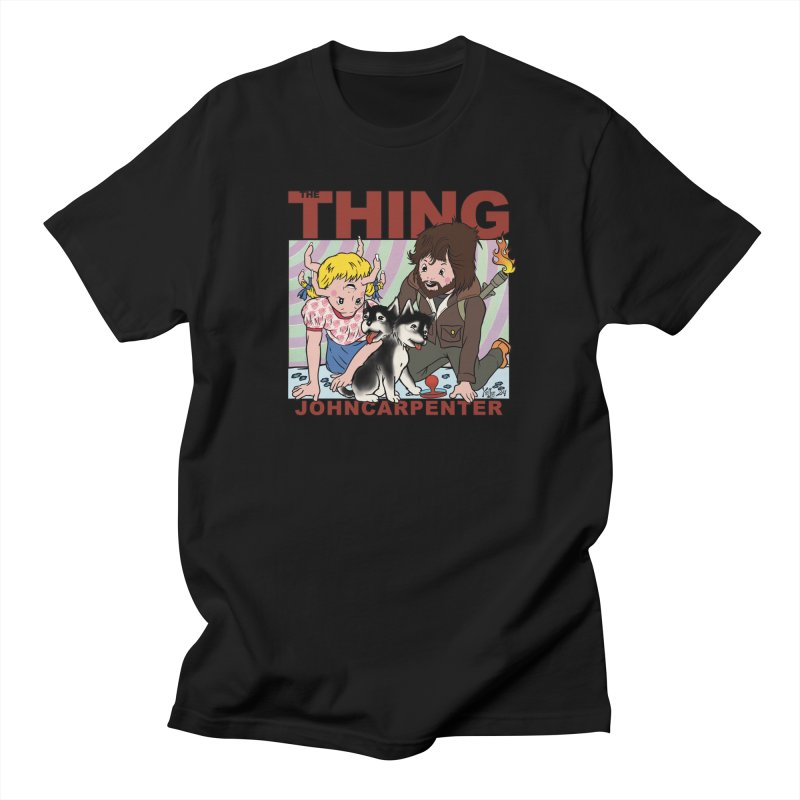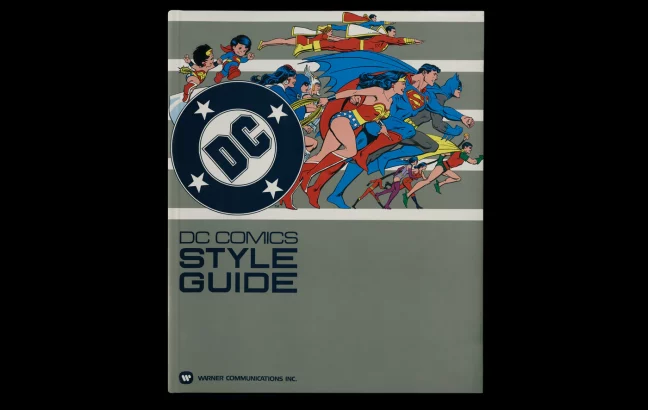
Cultrface – a blog dedicated to culture and how it enriches our lives.

Spite houses: what are they?
Spite houses are buildings constructed or redesigned due to disagreements over a variety of things such as land disputes, family feuds, protests, or just straight pettiness. Believe That picked 17 of the most fascinating for a video and some of these are peak levels of petty.
Chrome Hearts's sterling silver Rubik’s cube

Chrome Hearts is a luxury brand from Hollywood and in 2017, they created a Rubik’s cube in 0.925 sterling silver. While incredibly flashy, it is usable and has six sides marked with symbols such as daggers, hearts, and stars in replacement of colours.
It was originally priced at $6,600 (USD) on the Chrome Hearts website but it has long since been sold. I did find a Depop listing for one, priced at $12,500 (USD).
JSTOR Daily on the olive trees of Palestine
For JSTOR Daily, May Wang looked at the history of olive trees in Palestine, and how their importance has been used against Palestinians by the State of Israel:
[…] Through numerous interviews and anecdotes borne out in legal cases, economics, and statistics, Braverman outlines how the Palestinian identification with the olive tree “is not only the result of its economic, cultural, and historical significance within this particular culture, but is increasingly a product of the olive’s brutal targeting by the State of Israel and by certain Jewish Israeli settlers.”
As the genocide has continued, I’ve learnt more about parts of Palestinian culture I’d never heard about previously. I didn’t know that Palestinians relied so much on olive trees, economically, culturally, and religiously. Or that olives were used to make soap!
I’ll end this post with an excerpt from a poem by Naomi Shihab Nye titled ‘Different Ways to Pray’:
Under the olive trees, they raised their arms —
Hear us! We have pain on earth!
We have so much pain there is no place to store it!
But the olives bobbed peacefully
in fragrant buckets of vinegar and thyme.
At night the men ate heartily, flat bread and white cheese,
and were happy in spite of the pain,
because there was also happiness.
Fuck AI Cheesy Glue Pizza Sticker

If you want to support an indie creative and put one of five human fingers up to AI, considering grabbing a Fuck AI Cheesy Glue Pizza Sticker by @obicynkenobi.bsky.social.
We all saw the news stories – googling ‘cheese not sticking to pizza’ in certain countries served up AI search results that recommended users add non-toxic glue to their pizza to make the cheese stick. Fuck AI, because this is not the future we asked for.
Climate and spice around the world
Gastro Obscura looked at the correlation between temperature and flavour across North America, Europe, and Asia, referring to a Nature article that examined 33,750 recipes from 70 national and regional cuisines:
“Variation in spice use is not explained by temperature and… spice use cannot be accounted for by diversity of cultures, plants, crops or naturally occurring spices,” the researchers wrote in the article’s abstract. “Patterns of spice use are not consistent with an infection-mitigation mechanism, but are part of a broader association between spice, health, and poverty.”
Ethiopia got a shout out for being the spiciest despite a lower-than-average temperature compared to the hottest countries:
If you want to know just how spicy Ethiopian cooking can get, try some doro wat, a fragrant, slow-cooked chicken stew that one reviewer describes as, “Very spicy. Super spicy. Like I-don’t-know-how-Ethiopians-have-any-taste-buds-left spicy.” On the other hand, some very hot countries are considerably less spicy: The Philippines is in the same spiciness league as Hungary, and Ghana is as spice-poor as the UK.
Ghanaians, if you reading this, leave a comment because that sounds like a hot take!
Chris Silverman and his iOS Notes art
Contrary to belief, the iOS Notes app isn’t just for celebrity fake apologies; an artist called Chris Silverman uses it to create art. His project, https://notes.art/, showcases his daily drawings using the app and only the app as he explained in the interview (video above).
He also talked about how he stays motivated and sharing all the work on social media. You’ll never look at Notes in the same way again. Not sorry, never sorry.
Brown Brit: a British Asian story
Brown Brit is a short film by The Romantix (Jay Stephen and Ralph Briscoe) that follows Jay’s mother’s life, from her arranged marriage in India to her eventual life in London raising three kids. The pair spoke to It’s Nice That about the film and its origins:
“Seven hours is a ridiculously short amount of time to know someone before you have to marry them.” This narration courses through the opening of Brown Brit, before we learn that the film is an exploration of Jay’s mother’s experience. “It’s based on My Mother’s Metamorphosis; a published piece written by my sister [Ashica Stephen],” Jay shares. “It is a personal and emotional story that very few people know. Since Ashica wrote it over a decade ago, we always wanted to adapt it into a film,” she adds. Although it has a personal and familial focus, using old VHS tapes with footage of their mother, its tone masterfully leans on history which positions the film as a poignant account that anyone with the experience of arranged marriage can attest to. Inspired greatly by the concept of “chaos theory”, Jay shares, “which states that the delicate flutter of a butterfly’s wings can set off a chain reaction across the world”, the film zones in on a mother’s strength and actions that have been dramatically influenced over a sum of years, having a profound effect on the entire family’s lives.
On their Instagram, you can also see some side-by-side comparisons of footage that was filmed more recently to fill in the gaps but then converted to analogue to maintain the aesthetic. Definitely worth a watch.
Standards Manual releases ‘1982 DC Comics Style Guide’

Standards Manual is reissuing the DC Comics Style Guide from 1982, and you can pre-order it now. Here’s the blurb:
Reproduced from a rare original copy, the book features over 165 highly-detailed scans of the legendary art by José Luis García-López, with an introduction by Paul Levitz, former president of DC Comics.
First issued in 1982, the Style Guide aimed to assist licensees in delivering a consistent look for DC’s Super Heroes. The reissue is based on the original copy held by Standards Manual, containing an amalgam of pages added by the owners of the original from ‘82 to ‘85.
If you order before 4th July, you pay the early-access price of $90 (after that, it’s $95). The downside: it’s currently only available in the US and Canada. Sorry, rest of the world. Maybe in the future. Or on another Earth…
DC related: did you know that Wonder Woman was the product of a polyamorous relationship?
I featured some metal bird sculptures the other day and these magnetic modular Birdies by ESNAF have caught my eye. (via Colossal)
That's one castelluva chocolate cake!
In Gangseo District in Seoul, you’ll find a cake shop called Laoje Castella and an incredible chocolate castella. One slice costs KRW 12,000 which is about £6.83/$8.64 but that slice might take two separate sittings depending on your appetite.
The above video shows the baking process, starting with a lot of eggs (must be well over 100) with the yolks separated from the albumen and the ingredient adding and mixing begins.
Castella related: how to make a Taiwanese Castella and another giant castella.
Matt Wilson’s bird sculptures made from metal cutlery


Matt Wilson is an artist from South Carolina and he’s been making sculptures from recycled and organic materials for the last 15 years. His metal bird sculptures are especially beautiful, in all their ornate charm. When you have the spoons, why not use them, right?
You can follow his work on Instagram and buy one of his sculptures on his online shop, Airtight Artwork.
Red Lobster and its historically Black patronage
For CNN, Nathaniel Meyersohn wrote about Red Lobster’s recent bankruptcy and why that’ll be a loss for the Black customers who still account for a higher share of customers than other major casual chain restaurants
:
In a 2015 presentation to investors, Red Lobster said 16% of customers were Black, two percentage points higher than the Black share of the US population. Red Lobster did not respond to CNN’s request for comment on current customer demographics.
The chain hired Black workers and served Black guests from its beginnings in the South in the late 1960s, and Black celebrities such as Chris Rock and Nicki Minaj worked there before they became famous. (Minaj later joked about being fired from “all three or four” of the Red Lobsters where she worked over “Lobsterita” drinks and cheddar bay biscuits with Jimmy Fallon.) And Beyoncé sang about taking a romantic partner to Red Lobster in her 2016 song “Formation,” which addresses police brutality, Hurricane Katrina and Black culture in America.
This is meta but stick with me: the CNN article is about Red Lobster’s history of Black patronage. So why is the title “The forgotten RACIAL history of Red Lobster”? Just say Black. You lose nothing by having the title reflect the subject matter which is exclusively about Black people. Using the word “racial” suggests a wider clientele when that’s not what is written. I know Nathaniel Meyersohn didn’t write the title so this is on whoever calls the shots for headlines: you’re not helping.
I watched this cool Instagram reel of a Palestinian fabric shop owner from Old Jerusalem named Bilal Taher Abu Khalaf as he described his city’s textile heritage: He shares old photographs showcasing traditional attire worn by women in Jerusalem 70 years ago, including everyday dresses and maroon-colored bridal gowns with unique embroidery and silver coin headdresses.
Language Log on the 'semiotics of barbed wire'
Victor Mair went to Gothenberg, Nebraska last week and visited a local historical museum. When he asked for the most unusual exhibit, he was pointed downstairs to a unique collection of barbed wire fence
:
From the way the barbs were wrapped around and woven through the horizontal strands, the ranchers could tell at a glance if the land and animals enclosed within belonged to them — I call them “signature barbs” — sort of like a premodern QR code.
You might be thinking, “dude, it’s just barbed wire!” but I like how every piece is distinct and tells a story of its own. That’s the joy of semiotics, with its signs and symbols representing more than just a word or an instruction. A simple line of twisted metal with sharp point bits at varying distances can tell you whether it was used to keep in animals, protect land, or thwart soldiers in a war. That’s a broad spectrum for a bit of zinc, aluminum alloy, and steel.